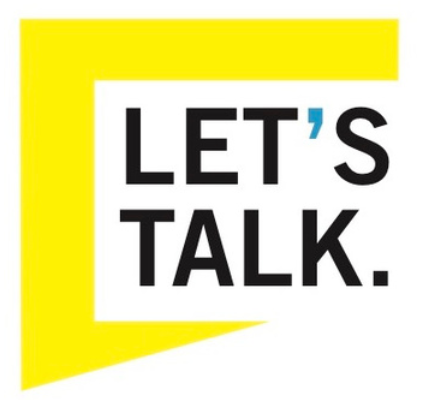Rainbow Fentanyl Alert
California Department of Public Health
Fentanyl (an extremely potent and dangerous synthetic opioid) continues to be a major contributor to drug overdoses in California, including among youth [1]. According to the California Department of Public Health (CDPH) California Overdose Surveillance Dashboard [2]:
- Emergency department visits related to non-fatal opioid overdoses in California’s youth ages 10-19 years more than tripled from 2018 (379 total) to 2020 (1,222 total).
- Opioid-related overdose deaths in California’s youth ages 10-19 years increased from 2018 (54 total) to 2020 (274 total), marking a 407 percent increase over two years, largely driven by fentanyl.
- Fentanyl-related overdose deaths in California’s youth ages 10-19 years increased from 2018 (36 total) to 2020 (261 total), a 625 percent increase.
Today I am writing to inform you that, in addition to these concerning trends, brightly-colored fentanyl (referred to as rainbow fentanyl) has been identified as a new trend according to the United States (U.S.) Drug Enforcement Agency(DEA)[3]. Rainbow fentanyl can be found in many forms, including pills, powder, and blocks that can resemble sidewalk chalk or candy. Any pill (regardless of its color, shape, or size) that does not come from a health care provider or pharmacist can contain fentanyl and can be deadly.
Naloxone is a life-saving medication used to reverse an opioid overdose [4]. The Department of Health Care Services Naloxone Distribution Project offers free naloxone to qualified organizations, including schools and universities [5].
Some California schools have created naloxone policies in response to increases in opioid overdoses among youth. CDPH encourages schools that are interested in developing these policies and receiving free naloxone to review relevant regulations – including Education Code §49414.3 [6] and Civil Code §1714.22 [7] – and apply for a Statewide Standing Order for Naloxone, which authorizes non-prescribing entities to distribute naloxone [8]. A sample naloxone policy is available from the Lake County Office of Education in collaboration with the county’s SafeRx coalition [9].
The CDPH Overdose Prevention Initiative works with state and local partners to address the overdose epidemic through prevention and research activities. Visit the Overdose Prevention Initiative webpage for more information, including resources for adult role models and educators [10].
Sincerely,

Tomás J. Aragón, MD, DrPH
Director and State Public Health Officer
California Department of Public Health



